20 Things That Defined College Life in the ’80s
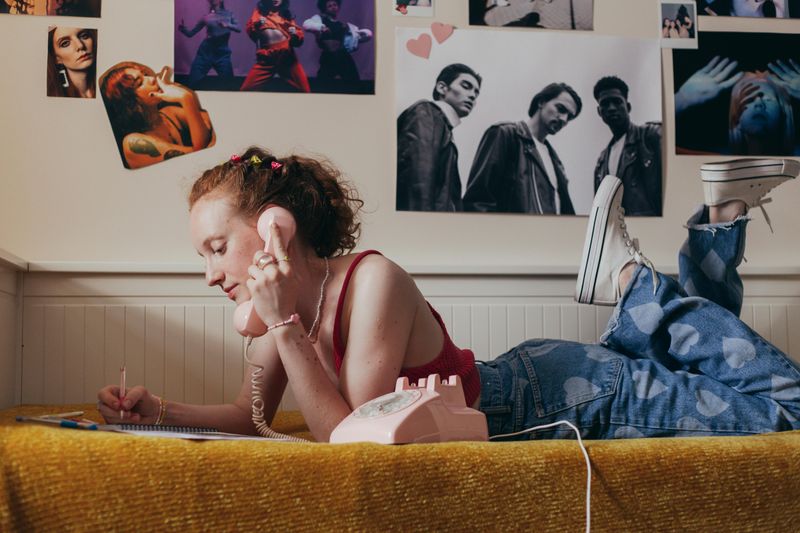
College in the 1980s was a unique experience filled with distinct trends, technologies, and traditions that today’s students might find unrecognizable. Without smartphones or the internet, students navigated campus life with payphones, typewriters, and face-to-face interactions. From fashion statements to entertainment choices, the ’80s campus experience created memories that alumni still cherish decades later.
1. Mix Tapes
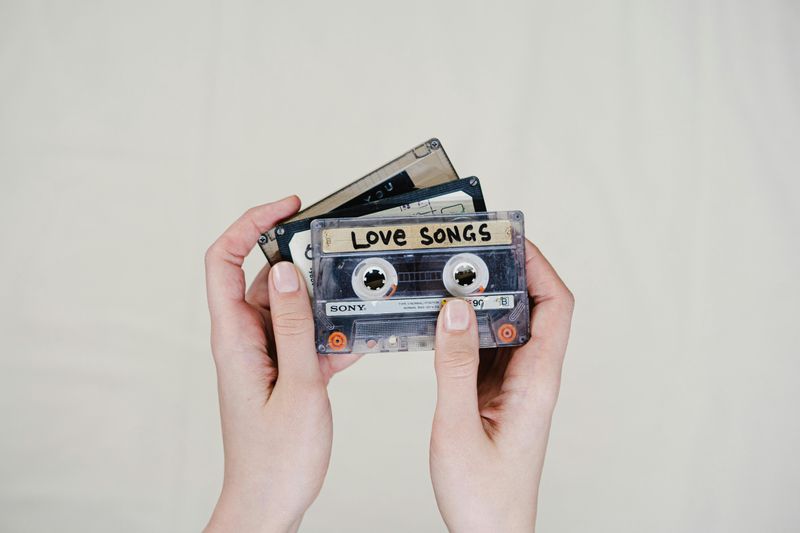
The art of the perfect mix tape required patience, timing, and a good ear. Students would spend hours carefully selecting songs, recording them from the radio or other cassettes, and creating personalized covers with colorful markers.
These handcrafted musical gifts became the ultimate expression of friendship or romance. The process was meticulous – hitting record at just the right moment to avoid DJ chatter, calculating total time to fit on a 60 or 90-minute cassette, and arranging songs in the perfect emotional sequence.
A well-crafted mix tape could serve as a party soundtrack, study motivation, or most importantly, a heartfelt message to a crush. Nothing said “I like you” quite like a cassette filled with carefully chosen love songs.
2. Boom Boxes
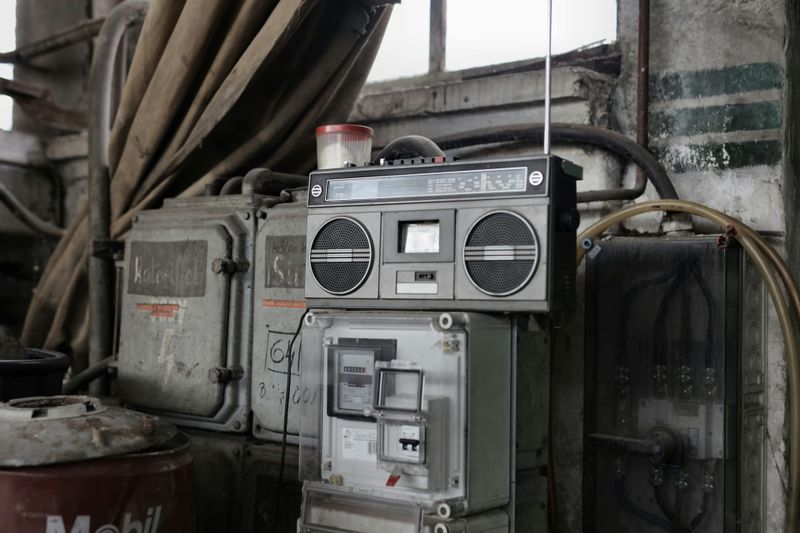
Massive, battery-devouring sound systems with dual cassette decks and graphic equalizers became the portable party starter of choice. These hefty machines perched on shoulders across campus quads nationwide, broadcasting students’ musical tastes for all to hear whether they wanted it or not.
Dorm rooms vibrated with the bass from these powerful stereos during impromptu dance parties. The larger and more feature-packed your boom box, the more social status you gained among your peers.
Many students saved for months to afford premium models from brands like JVC, Panasonic, and Sony. The ultimate status symbol was the massive JVC M90, which required a whopping 10 D batteries and could be heard from across campus.
3. MTV Obsession

When MTV launched in August 1981 with the prophetic “Video Killed the Radio Star,” it revolutionized how college students consumed music. Dorm common rooms became crowded gathering spots as students huddled around TVs to catch the latest videos from Madonna, Michael Jackson, and Duran Duran.
Campus schedules often revolved around MTV programming. Students would skip classes for world premiere videos or stay up late for specialty shows like “120 Minutes” or “Headbangers Ball.” The VJs – Mark Goodman, Nina Blackwood, Alan Hunter, J.J. Jackson, and Martha Quinn – became household names and cultural influencers.
For many students, MTV wasn’t just entertainment but a window into emerging fashion trends, cultural movements, and visual storytelling techniques that influenced everything from haircuts to career choices.
4. Arcades & Pac-Man
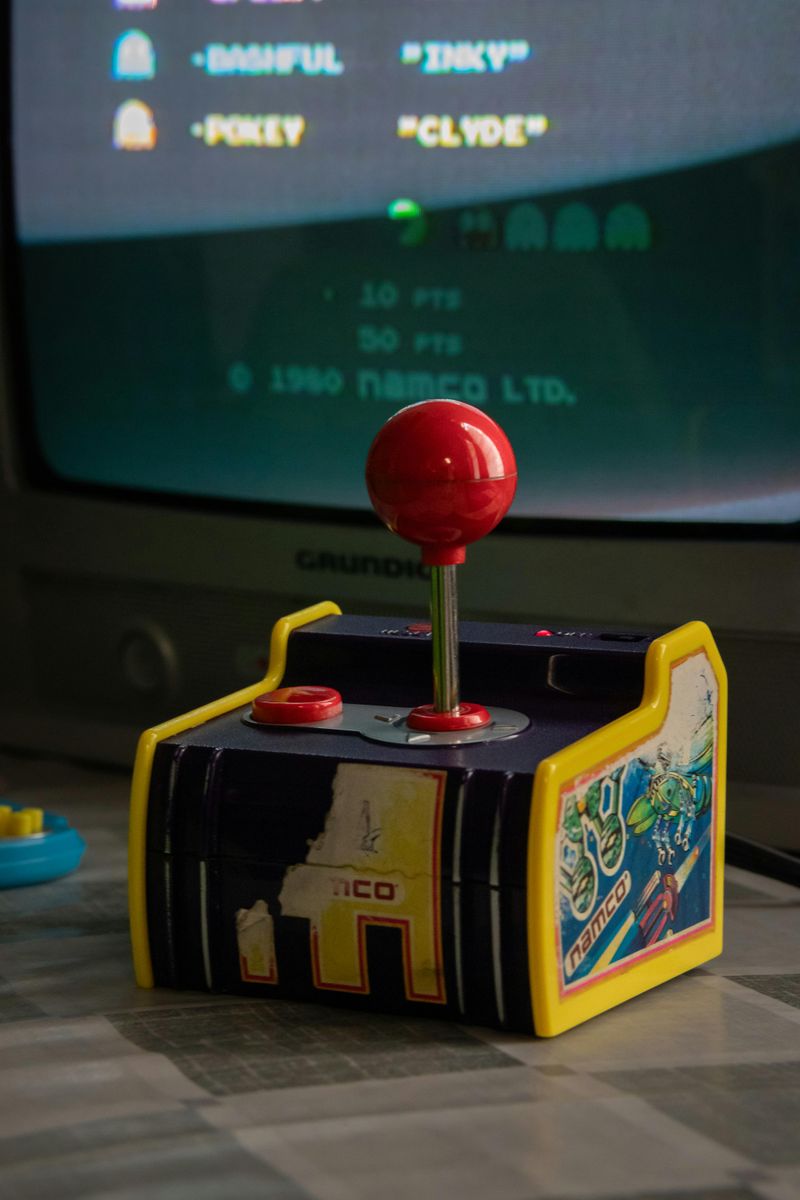
Campus arcades became social hubs where quarters disappeared faster than laundry money. The distinctive sounds of Pac-Man, Galaga, and Donkey Kong created a symphony of electronic beeps and boops that drew students in between classes.
Competition was fierce, with leaderboards showcasing the gaming elite. Many students developed calluses from marathon gaming sessions, their fingers cramping from the repetitive joystick movements and button mashing.
The arrival of a new game cabinet would spread across campus like wildfire. Some universities even installed arcade games in student unions to generate revenue. The glow of screens illuminated determined faces as players attempted to stretch a single quarter into an hour of gameplay. Mastering these games offered a different kind of education – one in hand-eye coordination, pattern recognition, and strategic thinking.
5. Payphones Everywhere
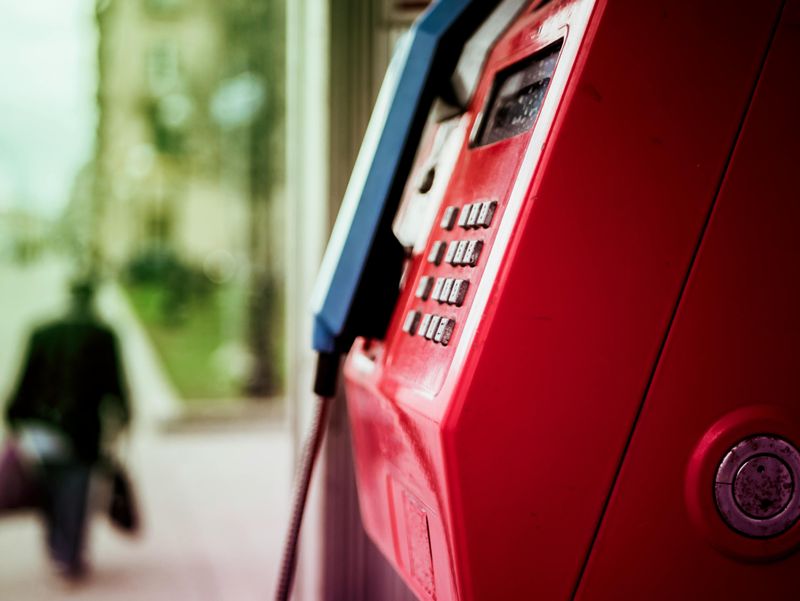
Long before cell phones, the humble payphone was a lifeline to the outside world. Dorm hallways featured these communication stations where students lined up with pockets full of quarters or calling card numbers memorized for those weekly calls home.
Sunday nights typically saw the longest queues as students made obligatory check-ins with parents. The phrases “collect call” and “person-to-person” were part of everyday vocabulary. Privacy was nearly non-existent as hallmates could overhear every word of your conversation with your long-distance boyfriend or girlfriend.
The payphone also served as an impromptu message center. Friends would leave notes taped to the wall nearby or ask someone to relay a message if they happened to answer when you weren’t around. The iconic sound of the coin drop and the satisfying click of the rotary dial created the soundtrack of ’80s communication.
6. Handwritten Letters
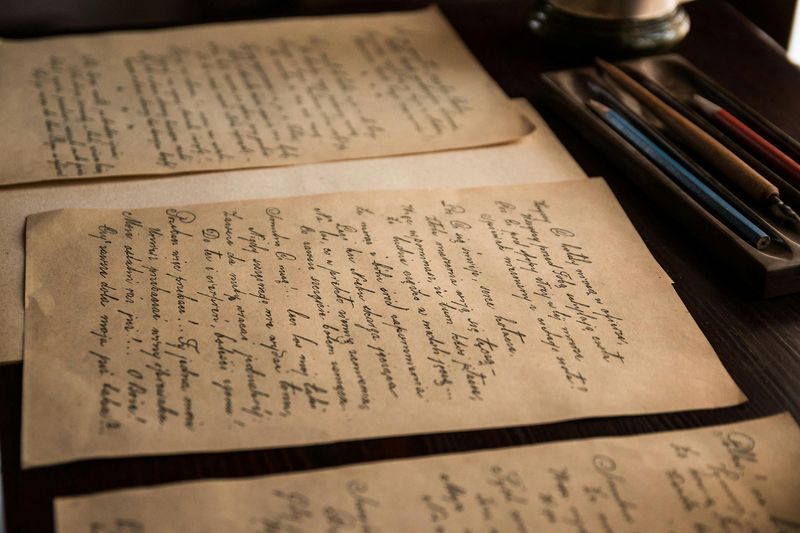
The campus mailroom bustled with activity as students eagerly checked their boxes for handwritten letters from home, friends at other schools, or long-distance relationships. The excitement of seeing your name on an envelope was unmatched – a tangible connection to someone who took the time to put pen to paper.
Stationery became a personal statement, with everything from Lisa Frank designs to collegiate letterhead. Students would often decorate envelopes with doodles, stickers, or inside jokes to make them stand out.
Care packages from parents caused particular excitement, often attracting a crowd of friends hoping to share in the homemade cookies or other treats. Many students became prolific letter-writers, documenting their college experiences in detailed correspondence that now serves as a time capsule of ’80s campus life. These letters were treasured, saved in boxes, and re-read during moments of homesickness.
7. Typewriters
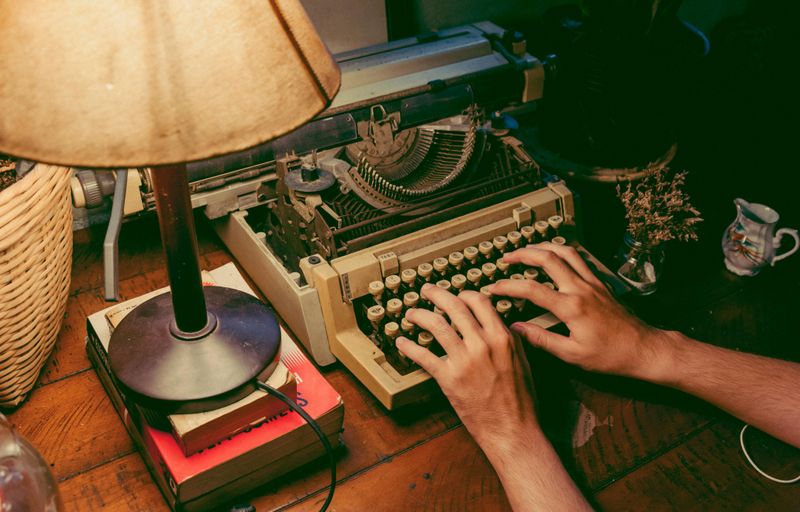
During finals week, the dorm halls buzzed with the rhythmic clatter of typewriters—a clacking symphony. Electric models were prized treasures, while manual typewriters stood as steadfast companions for students watching every penny. Crafting term papers demanded care; one slip of a key, and the whole page had to be retyped.
White-out and correction tape were essential supplies that every student kept within reach. The night before a paper was due, students would frantically type away, fueled by vending machine coffee and determination. The satisfying ding at the end of each line provided a small dopamine hit of accomplishment.
Typing skills became a valuable currency, with proficient typists often earning extra cash by typing papers for less-skilled classmates. The physical effort of producing a paper made the final product feel more substantial – each completed assignment representing hours of focused work and the occasional frustrated outburst.
8. Early PCs
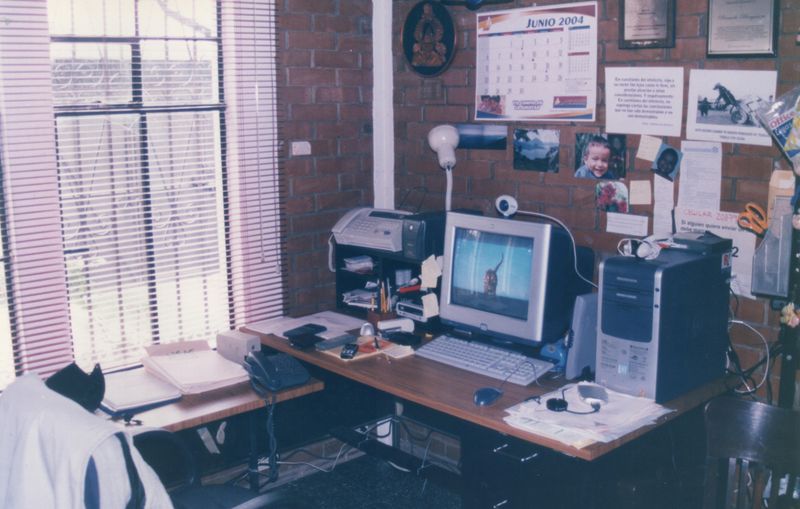
Computer labs became the new frontier of campus technology, housing rows of boxy Macintosh or IBM machines that students had to sign up to use. The distinctive sound of dot matrix printers provided the soundtrack to these high-tech spaces where students encountered computing for the first time.
Learning basic programming in BASIC or Pascal became a requirement for many majors. The wealthy or tech-obsessed students might have their own computers – bulky machines with green monochrome screens and floppy disk drives. Word processing programs like WordPerfect revolutionized paper writing, though saving work frequently was essential due to frequent crashes.
Computer science majors gained newfound popularity as technological wizards who could help others navigate these mysterious machines. Many students had their first email experiences through university systems, though these were primarily used for communicating with professors rather than social connections.
9. Preppy Look
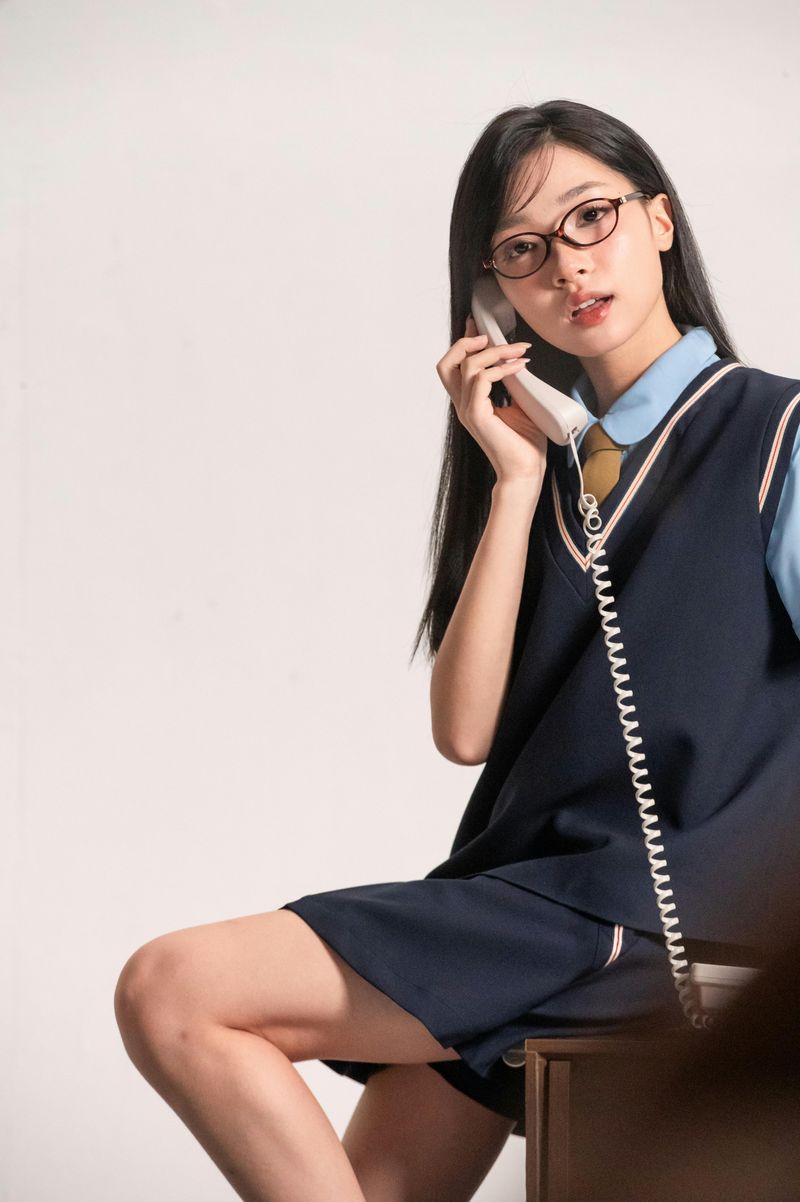
At many colleges, The Official Preppy Handbook was practically a syllabus staple. Students dove headfirst into the polished, affluent look—Lacoste polos with popped collars, khakis, and boat shoes worn sockless, no matter how far they were from the nearest shore.
Layering was essential to the preppy uniform – oxford shirts under cable-knit sweaters, often with a sweater tied around the shoulders even on warm days. Accessories completed the look, with Ray-Ban Wayfarers, ribbon belts, and multiple Swatch watches worn simultaneously.
Brands like Ralph Lauren, L.L. Bean, and Brooks Brothers dominated campus wardrobes. The preppy style transcended mere fashion to become a lifestyle statement that communicated membership in a particular social class and outlook. Even students who couldn’t afford authentic pieces found ways to mimic the look with budget-friendly alternatives.
10. Big Hair & Hair Spray
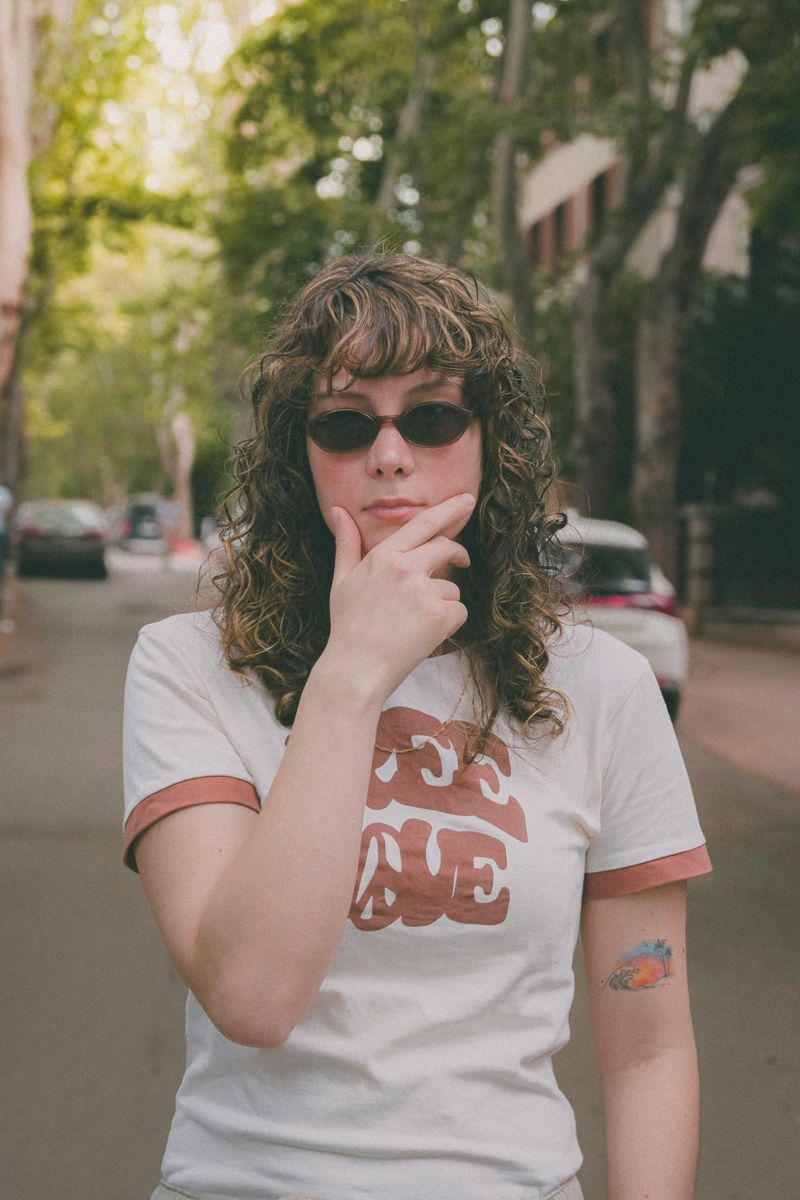
Dorm bathrooms were perpetually clouded with the aerosol mist of Aqua Net as students prepared for classes or nights out. Women teased their bangs to gravity-defying heights, while men sported feathered looks inspired by rock stars and movie heartthrobs.
The bigger the hair, the closer to heaven seemed to be the unspoken motto of ’80s college campuses. Students invested in diffusers, curling irons, and an arsenal of styling products to achieve the perfect voluminous look.
Fire alarms occasionally went off from the combination of hairspray and curling irons in poorly ventilated dorm rooms. Hair became a form of self-expression and rebellion against the natural looks of the previous decade. Maintaining these elaborate styles required constant attention and touch-ups throughout the day. Many alumni still laugh about how their yearbook photos captured hairstyles that seemed to take up more space than their actual faces.
11. Neon & Leg Warmers
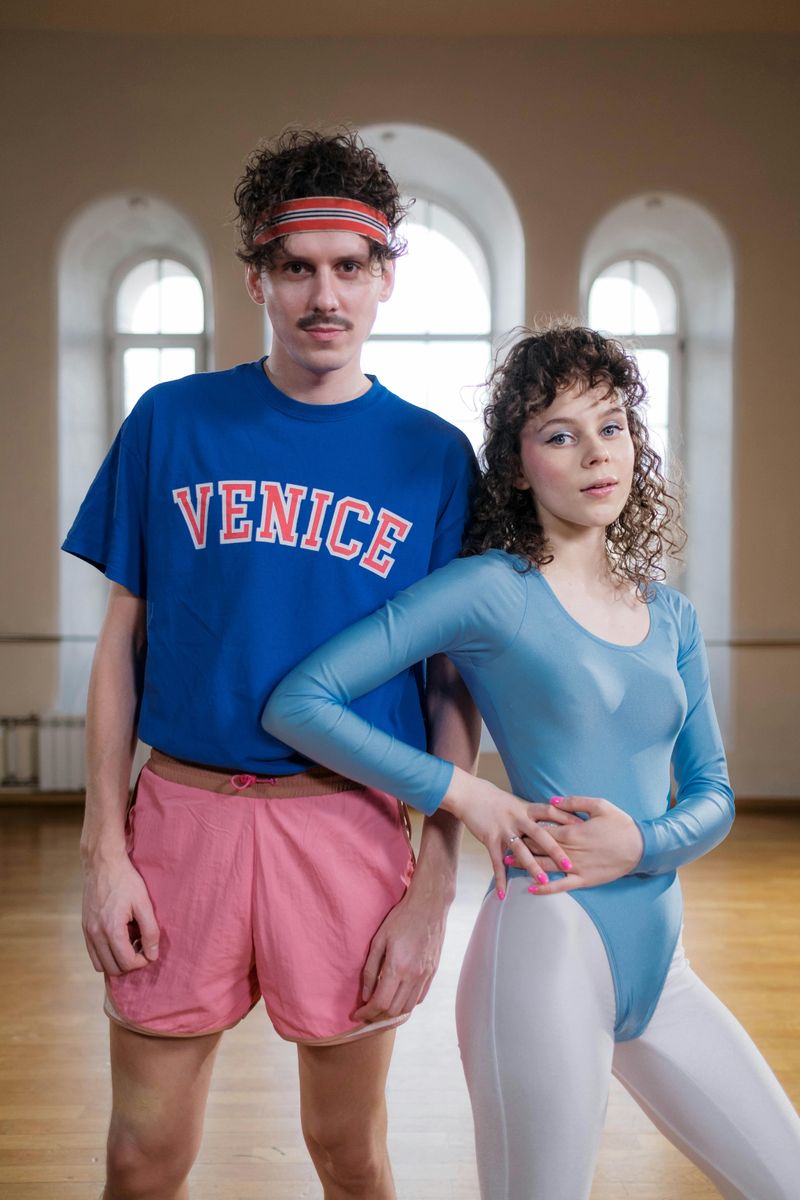
Across campus, fitness centers and studios became neon playgrounds, awash in shocking pinks, yellows, and greens visible from every corner of the quad. The aerobics wave, powered by Jane Fonda tapes, rewrote college style rules—leg warmers and leotards weren’t just for workouts, but streetwear statements.
Inspired by movies like “Flashdance” and “Fame,” students embraced the dance-inspired look regardless of their actual dancing abilities. Oversized sweatshirts worn off one shoulder became a signature style, often paired with bike shorts or leggings in clashing neon colors.
The fitness fashion trend extended beyond clothing to accessories – neon scrunchies, plastic bangles, and fluorescent shoelaces completed the look. Physical education classes like “Jazzercise” and “Aerobic Dance” became some of the most popular electives on campus, as much for the social scene as for the workout.
12. Leather Jackets & Band Tees
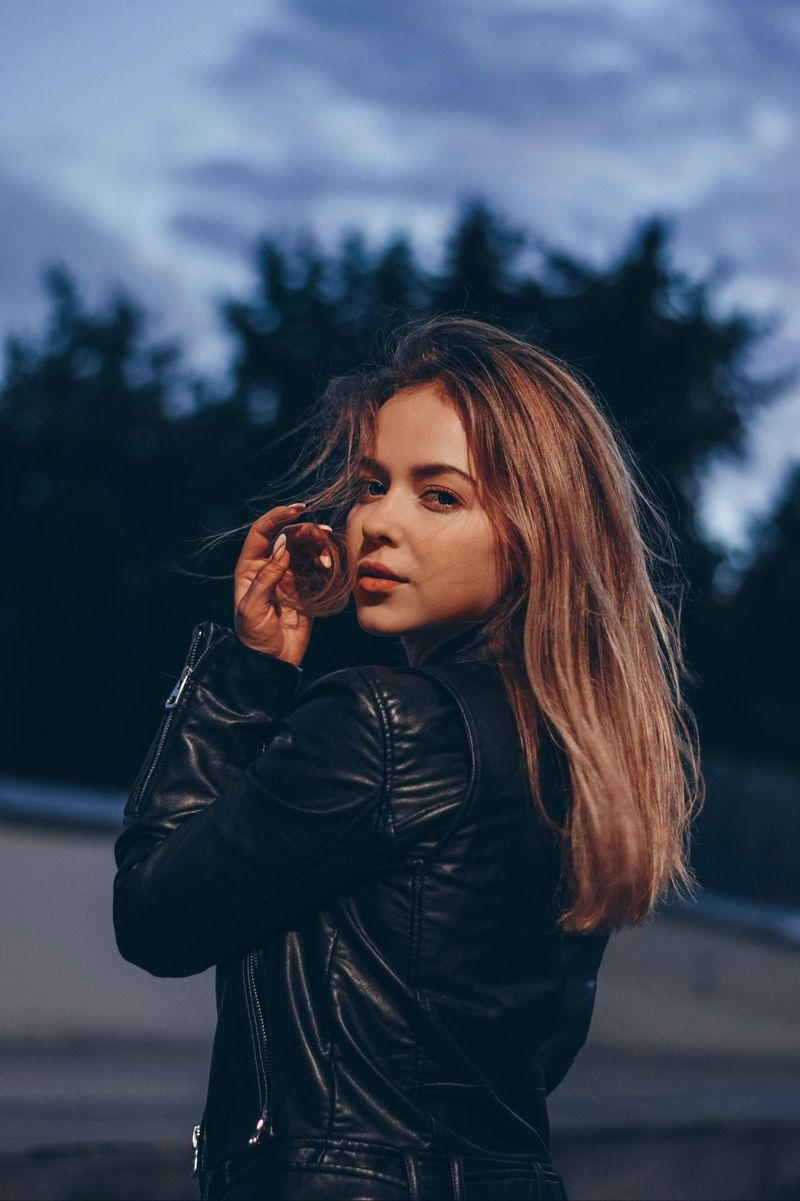
The alternative to preppy culture found expression through distressed leather jackets adorned with patches, pins, and sometimes studs. These statement pieces were paired with band t-shirts that served as badges of musical identity – wearing a Clash or Ramones shirt communicated your allegiance to specific subcultures.
Concert tees became prized possessions, especially those acquired at actual shows. Students would line up overnight for tickets to see bands like The Cure, Depeche Mode, or R.E.M., then proudly wear the merchandise for years afterward.
The more worn and faded the shirt, the more authentic your fan credentials. This aesthetic often extended to other fashion choices – ripped jeans, Doc Martens boots, and deliberately messy hair completed the look. Music stores near campus did brisk business in patches, buttons, and other accessories that allowed students to customize their jackets into wearable collages representing their personalities.
13. Dining Hall Trays as Sleds
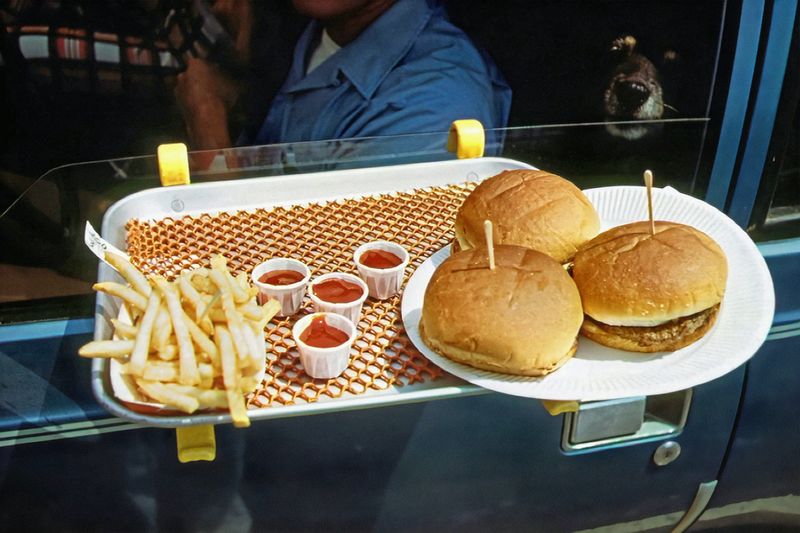
When winter blanketed campus in snow, cafeteria trays mysteriously disappeared from dining halls. Students “borrowed” these perfectly sized plastic sleds for impromptu sledding sessions down campus hills, creating one of the most beloved illicit traditions of ’80s college life.
Residence advisors would pretend not to notice as students smuggled trays out under coats or in backpacks. The smooth bottom surface and raised edges made these cafeteria staples perfect for sliding down icy inclines at speeds that frequently resulted in spectacular wipeouts and occasional visits to the campus health center.
Competitions would spontaneously form to see who could slide the furthest or perform the most impressive tricks. The dining services staff eventually caught on to this annual phenomenon and some schools began counting their inventory more carefully after the first snowfall. This simple act of repurposing became a cherished memory for many ’80s graduates.
14. Pizza Runs at Midnight
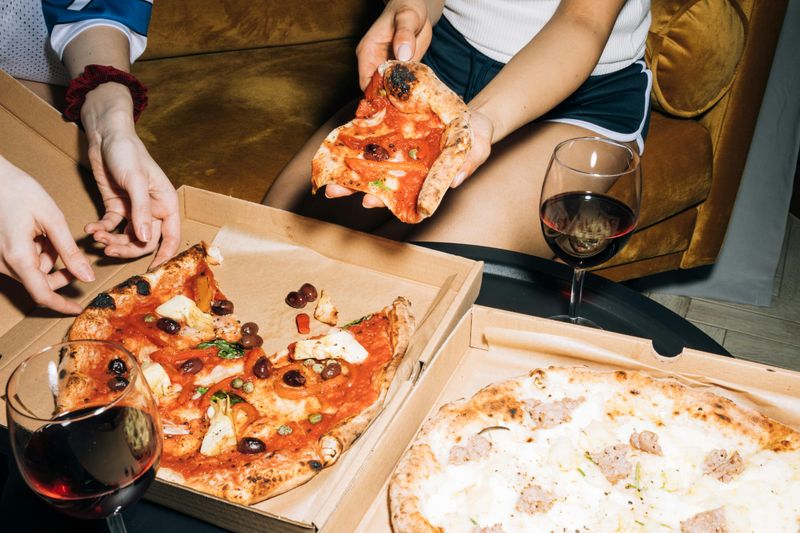
The universal fuel of college life arrived in cardboard boxes, delivered by drivers who knew campus layouts better than some professors. Late-night study sessions inevitably led to pizza orders, with dormmates pooling cash to cover the bill and tip.
Local pizzerias near campuses developed special “college night” deals, knowing that hungry students were reliable customers. The arrival of the delivery person would cause a commotion in the dorm hallway as the distinctive aroma wafted through the building.
Many friendships were formed or strengthened over shared pepperoni and cheese at 1 AM. Some enterprising students ran “pizza watches” from their dorm rooms – calling when they saw a delivery person enter the building so others could “accidentally” appear in the hallway hoping for a free slice. The empty boxes would pile up in dorm rooms, sometimes serving as impromptu decor until the end-of-semester cleaning frenzy.
15. Ramen & Microwave Meals
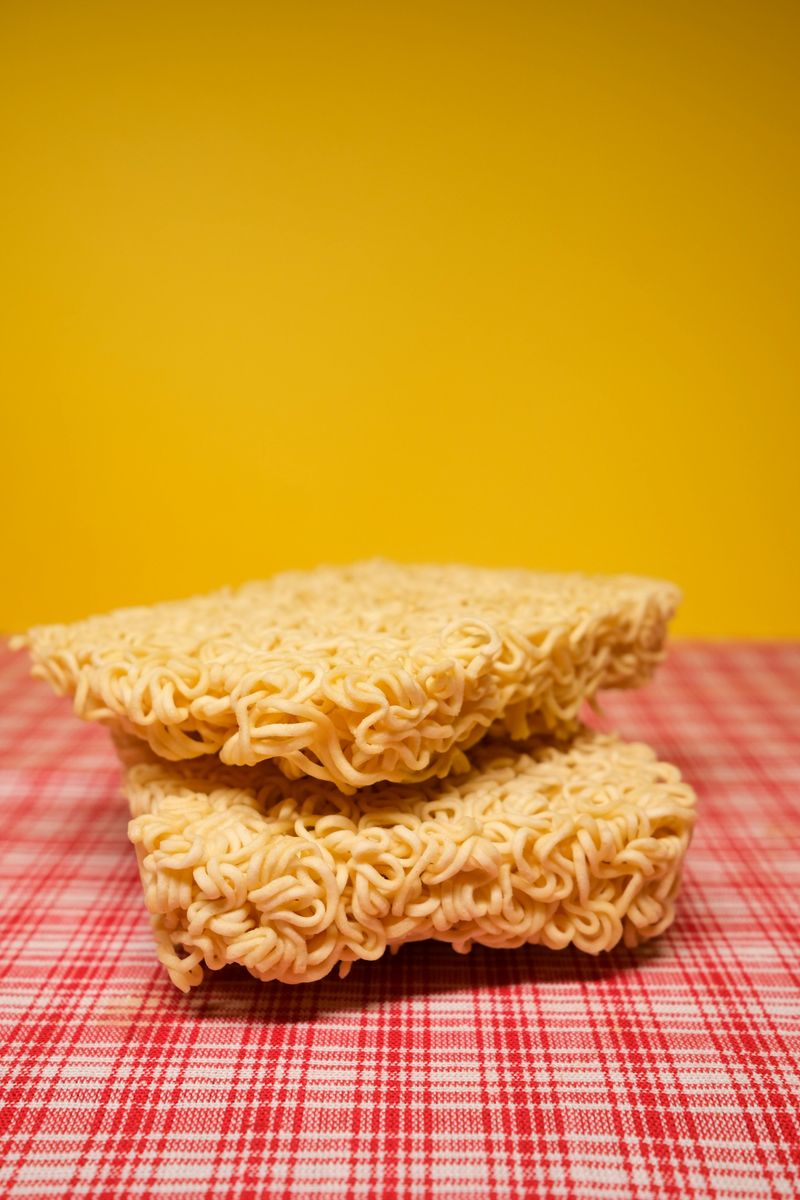
Costing just pennies, ramen noodles were the ultimate budget lifesaver for college students. Ingenious cooks spiced things up with eggs, veggies, and hot sauce, proving that even the simplest meal could be delicious and filling.
Microwaves were relatively new technology in many dorms, creating a revolution in student cooking possibilities. Microwave popcorn became a social lubricant, its aroma drawing neighbors to your door. Easy Mac, microwave burritos, and other quick-heat options filled mini-fridges and shared kitchen cabinets.
Cooking skills varied widely, with some students never progressing beyond boiling water for ramen while others became surprisingly inventive with limited resources. Care packages from home containing homemade cookies or brownies were highly coveted and quickly devoured, providing a brief respite from processed convenience foods that formed the backbone of collegiate nutrition.
16. Laundry Day Struggles
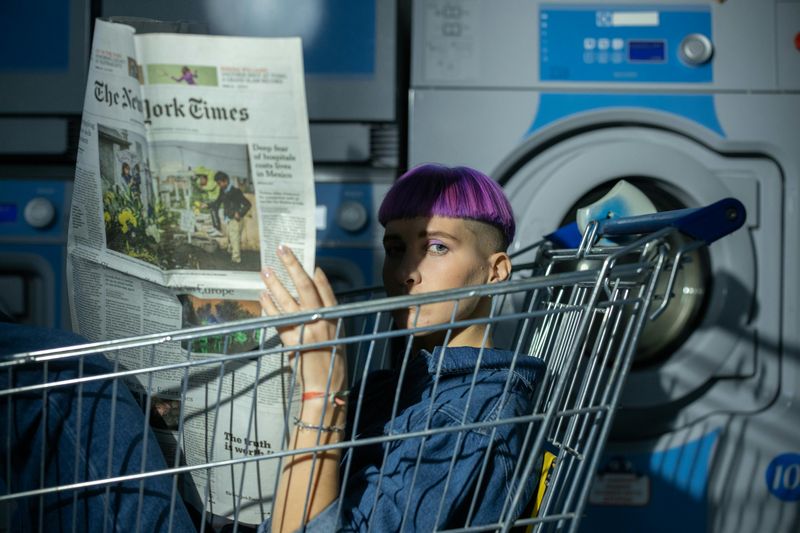
The weekly (or for some, monthly) ritual of laundry day involved strategic planning and a stash of quarters hoarded like precious gems. Students would lug overflowing baskets of dirty clothes to basement laundry rooms, only to find all machines occupied and a social scene forming among those waiting.
Laundry etiquette became an unwritten code – removing someone else’s finished load was acceptable only if you folded it neatly. Many students learned laundry basics through trial and error, resulting in pink underwear or shrunken sweaters as badges of independence.
The truly desperate would call home for emergency laundry instructions. Textbooks often accompanied students to the laundry room, turning the wait time into productive study sessions. Some savvy students learned to do laundry at odd hours to avoid the rush, while others developed complex systems for extending the wear of clothes to minimize laundry frequency altogether.
17. Greek Life Boom
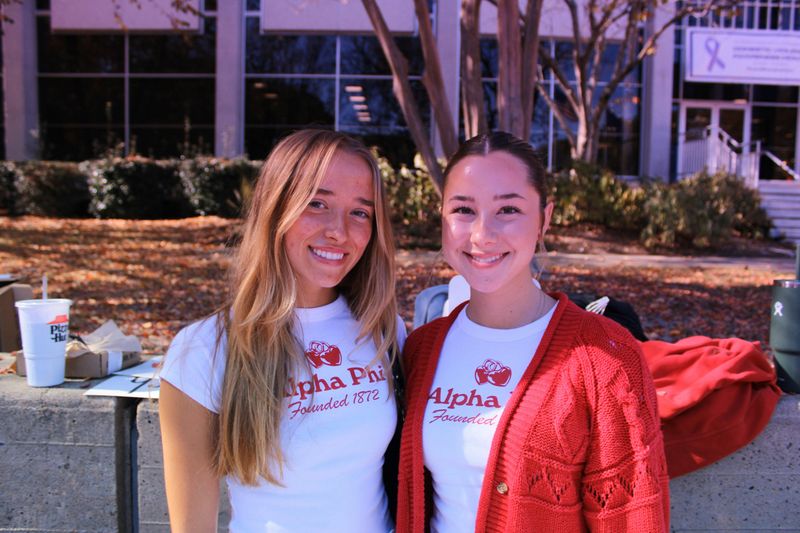
During the Reagan era, Greek life hit a revival, fueled by the wild antics on screen in Animal House and Revenge of the Nerds. Rush week transformed campuses into buzzing arenas of letters and tradition, as pledges scrambled to secure their spot. House parties with themes like Toga or Hawaiian brought out the biggest crowds and most outrageous costumes.
These organizations offered instant social networks, housing options, and alumni connections that many students found appealing during the career-focused decade. Not all aspects were positive – hazing rituals and excessive drinking culture drew criticism from administration and non-Greek students alike.
Still, for many ’80s college students, Greek life provided a defining structure to their university experience, creating lifelong friendships and connections that extended well beyond graduation.
18. Political Activism
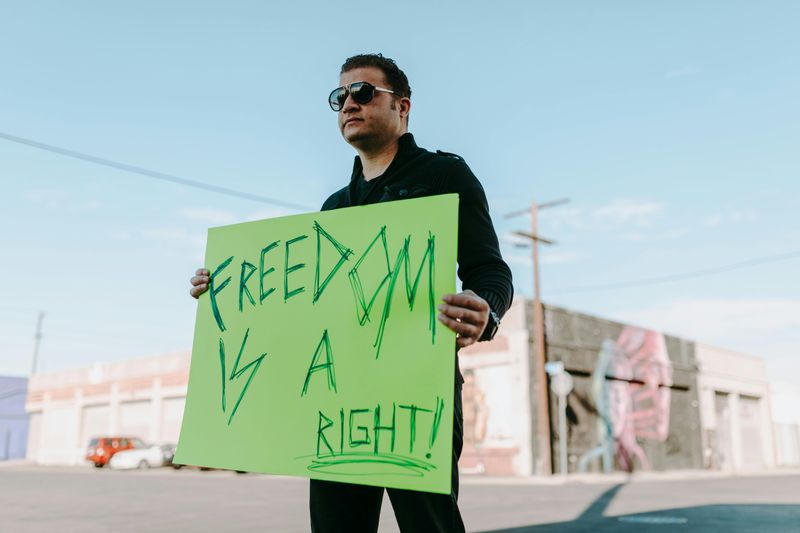
While often stereotyped as the “Me Generation,” ’80s college students engaged passionately with global issues. Campus quads became forums for heated debates and organized protests against apartheid in South Africa, with students demanding university divestment from companies doing business there.
Nuclear disarmament movements gained traction as Cold War tensions peaked. Students organized die-ins, where participants would suddenly fall to the ground simulating the aftermath of nuclear attack. Environmental awareness grew with the emergence of campus recycling programs and Earth Day celebrations becoming annual traditions.
Conservative student groups also flourished during the Reagan years, creating a dynamic political landscape on campuses. Young Republicans and College Democrats alike honed their debate skills at campus forums. Many students had their first taste of political engagement through these experiences, setting the stage for lifelong civic involvement.
19. Football Saturdays

For schools with major athletic programs, autumn Saturdays centered entirely around football games. Campus transformed into a sea of school colors as students, alumni, and local fans gathered for elaborate tailgating rituals hours before kickoff.
Marching bands practiced formation routines visible from dorm windows while cheerleaders perfected new stunts. Face painting, body painting, and outrageous costumes became ways to display school spirit. The student section of the stadium created a deafening wall of noise with coordinated chants and traditional songs that everyone somehow knew without being taught.
Even students with zero interest in sports found themselves swept up in the pageantry and tradition. Post-game celebrations or commiserations spilled into local bars and campus hangouts, creating a shared experience that united the student body. These Saturdays created some of the most vivid memories of college life, regardless of team records.
20. Posters Everywhere
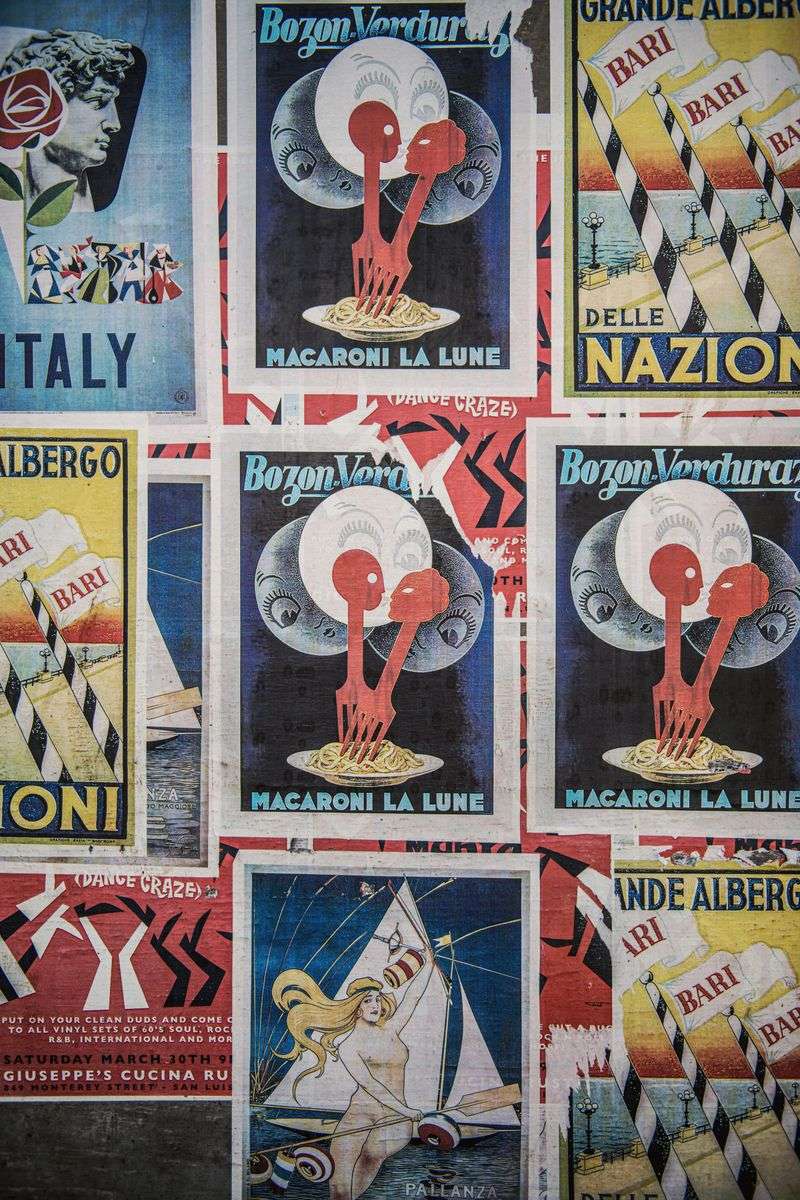
Dorm room walls transformed from institutional blank slates into personal galleries through the strategic application of posters secured with sticky putty or thumbtacks. Music idols like Madonna, The Cure, and U2 watched over students as they studied, while movie posters from “The Breakfast Club” or “Top Gun” served as conversation starters.
Poster sales in student unions were major events where students would spend hours flipping through options to find the perfect visual representation of their personalities. Art prints of Monet water lilies or Ansel Adams photographs signaled sophisticated taste, while beer advertisements or swimsuit models projected a different image.
These paper decorations created instant personalization in otherwise identical rooms. Roommates negotiated poster territory and aesthetic compatibility. The collection would evolve over four years, with new additions reflecting changing tastes and experiences – a visual timeline of a student’s college journey.

Comments
Loading…